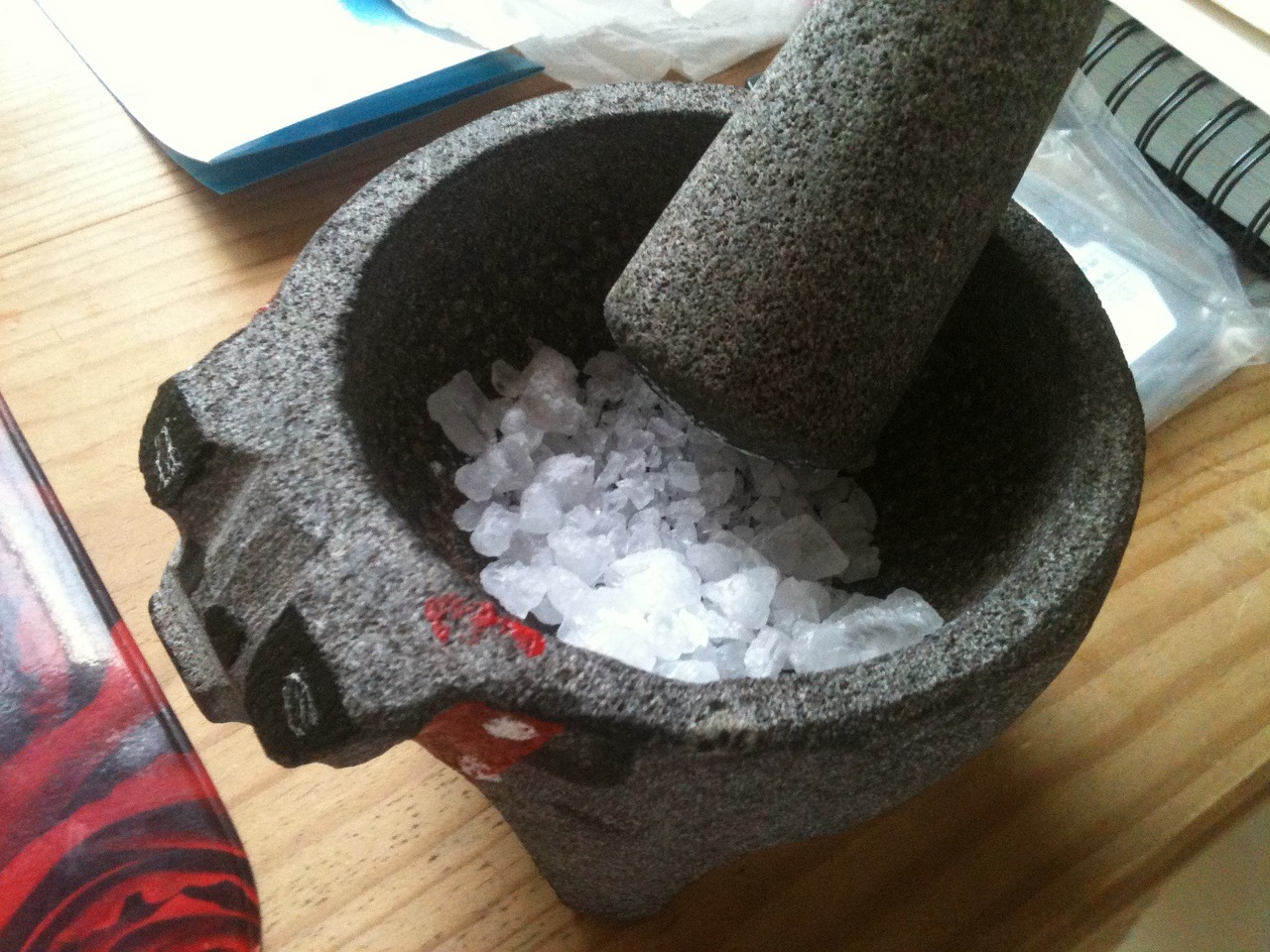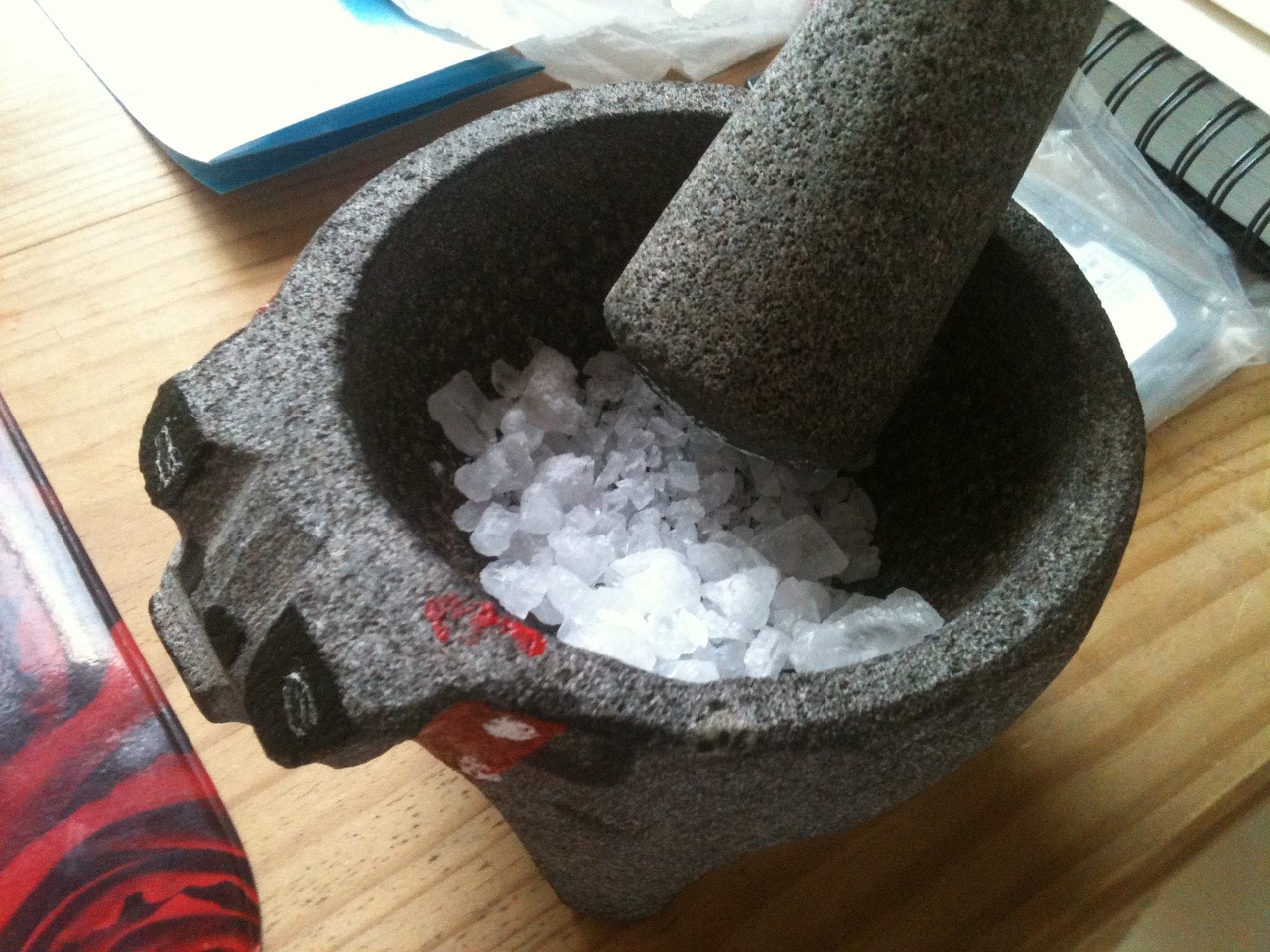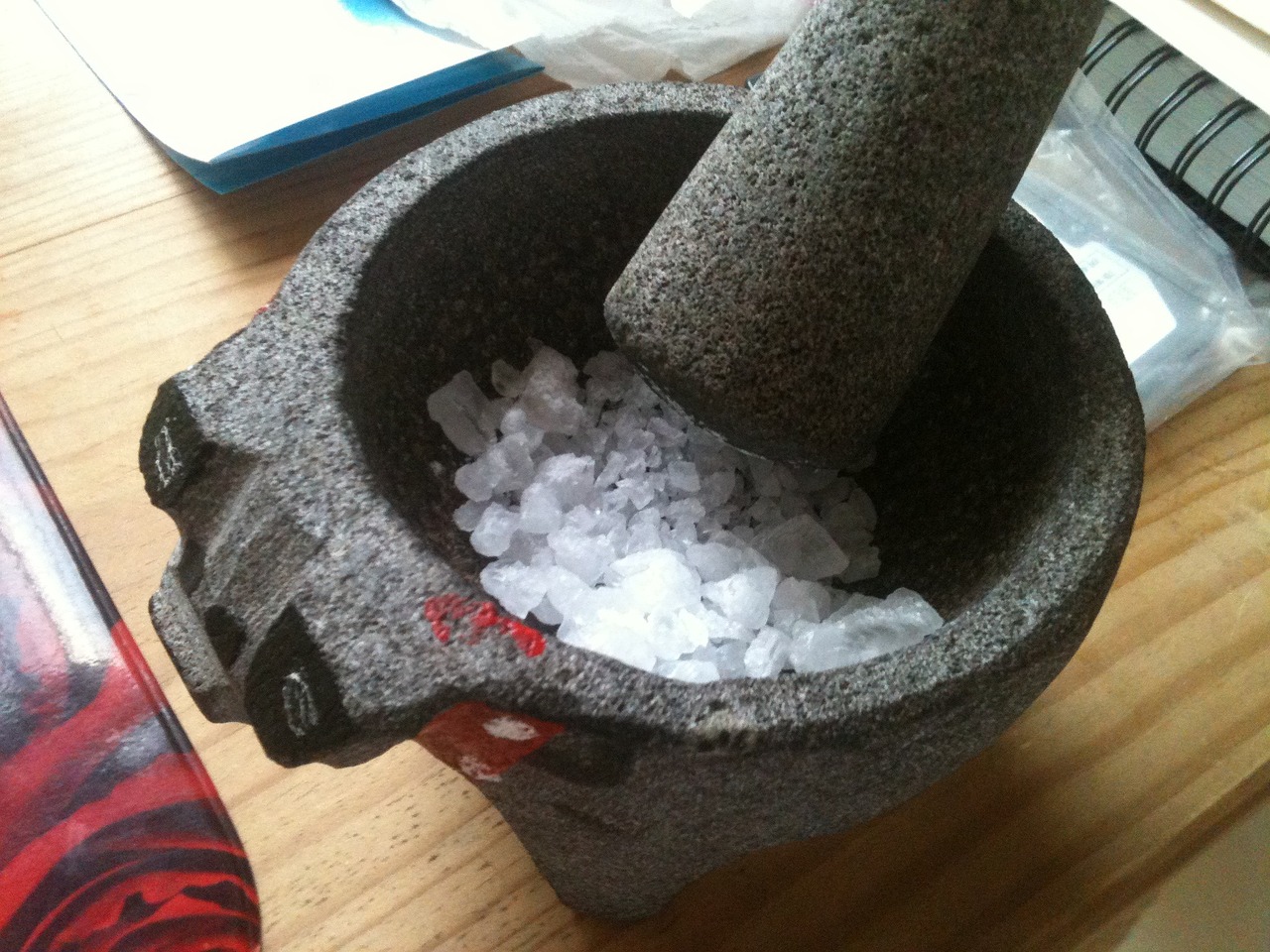Molcajete: Mexican Stone Mortar and Pestle Used to Make Salsas and Guacamole

When it comes to preparing authentic Mexican salsas and guacamole, one essential tool stands out above the rest - the molcajete. This traditional Mexican stone mortar and pestle have been a staple in Mexican kitchens for centuries, allowing cooks to grind and mix ingredients to create flavorful and aromatic dishes that tantalize the taste buds.
Imagine the ancient Aztec and Mayan civilizations, grinding chilies, herbs, and spices in these volcanic rock bowls, infusing their culinary creations with depth and richness. The molcajete's history is as vibrant as the dishes it helps create, dating back to ancient times and evolving into a beloved kitchen tool cherished by generations.
Crafted from volcanic rock, the molcajete's material and design play a crucial role in enhancing the flavors of salsas and guacamole. The rough surface of the molcajete helps to break down ingredients effectively, releasing their essential oils and creating a harmonious blend of flavors that can't be replicated by modern kitchen gadgets.
Before using a molcajete, it's essential to season it properly to enhance its flavor and ensure its longevity. By grinding rice or garlic in the molcajete and rinsing it out, you can remove any stone grit and prime it for creating delicious salsas and guacamole. Proper care techniques, such as hand-washing and air-drying, are vital to maintaining the quality of this cherished kitchen tool.
Today, molcajetes come in various shapes and sizes, catering to different preferences and cooking needs. From small molcajetes for personal use to large ones for preparing meals for the whole family, there is a molcajete for every kitchen. Modern cooks continue to embrace this traditional tool, using it to grind spices, mix sauces, and prepare authentic Mexican dishes that burst with flavor and freshness.
Origin and History
The origin and history of the molcajete are deeply rooted in Mexican culinary traditions, dating back to ancient times. This traditional kitchen tool has played a vital role in Mexican cuisine for centuries, evolving from a simple stone mortar and pestle to a beloved symbol of Mexican cooking.
One of the earliest uses of the molcajete can be traced to the Aztec civilization, where it was employed to grind various ingredients, including corn and spices, to create flavorful dishes. The Aztecs recognized the importance of using volcanic rock, such as basalt, to craft these tools due to its durability and ability to impart a unique taste to the food.
Over time, the molcajete became synonymous with Mexican gastronomy, with each region of Mexico developing its variations in design and usage. The process of grinding ingredients in a molcajete was not only practical but also considered a form of art, as it required skill and precision to achieve the desired texture and flavor.
- The word "molcajete" itself is derived from the Nahuatl language, spoken by the Aztecs, reflecting the deep cultural significance of this kitchen tool.
- Throughout history, the molcajete has been passed down from generation to generation, with families treasuring these heirlooms as essential kitchen utensils.
- Its enduring presence in Mexican households highlights the enduring legacy of traditional cooking methods and the importance of preserving cultural heritage.
Today, the molcajete continues to hold a special place in Mexican kitchens, where it is used to prepare a variety of dishes, most notably salsas and guacamole. The process of grinding fresh ingredients in a molcajete not only enhances the flavors but also connects individuals to their culinary roots, keeping the tradition alive.
Material and Design
When it comes to the material and design of a molcajete, there is a rich history behind the choice of volcanic rock as the primary material for crafting this traditional Mexican kitchen tool. Volcanic rock is not only durable but also porous, which helps in grinding and blending ingredients effectively. The rough texture of the rock interior aids in the process of grinding spices, herbs, and vegetables, releasing their flavors and aromas.
The design of a molcajete is simple yet effective, consisting of a bowl-shaped mortar and a pestle, known as a tejolote. The bowl is typically made from a single piece of volcanic rock, carved and shaped by skilled artisans. This design allows for efficient grinding and mixing of ingredients, ensuring that salsas and guacamole turn out flavorful and authentic.
One of the key aspects of a molcajete's design is its ability to retain heat, which can be advantageous when working with certain ingredients. The porous nature of volcanic rock also helps in absorbing flavors over time, enhancing the taste of dishes prepared in the molcajete. The sturdy construction of the molcajete ensures its longevity, making it a valuable kitchen tool passed down through generations.
In terms of modern designs, molcajetes now come in various sizes and shapes to cater to different preferences and cooking needs. Some molcajetes may feature intricate carvings or decorations, adding a touch of artistry to their functionality. While traditional molcajetes remain popular, modern versions may incorporate different materials or colors, offering a contemporary twist on a classic kitchen essential.
Seasoning and Care
When it comes to the traditional Mexican kitchen tool, the molcajete, seasoning and care are essential aspects to consider for optimal performance and longevity. Seasoning a molcajete is not just a step but a ritual that enhances the flavors of the ingredients prepared in it. The process involves grinding raw rice or garlic in the molcajete to create a paste, which helps to remove any debris and smooth out the rough surface of the volcanic rock.
Proper care of your molcajete is crucial to maintain its quality and ensure it lasts for generations. After each use, it is recommended to wash the molcajete with warm water and a soft brush, avoiding the use of soap to prevent any residue from affecting the flavors of future dishes. Allow the molcajete to air dry completely before storing it in a cool, dry place.
Additionally, it is important to avoid exposing the molcajete to extreme temperature changes, as sudden shifts can cause the volcanic rock to crack. Treat your molcajete with care and respect, and it will reward you with delicious salsas and guacamole for years to come.
Varieties and Modern Usage
When it comes to varieties and modern usage of the molcajete, there is a wide range of options available to cater to different preferences and needs. Let's delve into the diverse world of molcajetes and how they are utilized in contemporary kitchens:
1. Traditional Molcajete: The classic volcanic rock molcajete remains a staple in many Mexican households, cherished for its ability to impart a distinct flavor to salsas and guacamole. Its rough surface is ideal for grinding and blending ingredients, creating authentic and flavorful dishes.
2. Marble or Granite Molcajete: For those seeking a more modern touch, marble or granite molcajetes offer a sleek and polished alternative. While they may not provide the same flavor enhancement as volcanic rock, they are durable and easy to clean, making them a popular choice for contemporary kitchens.
3. Pigmented Molcajetes: Some molcajetes come in vibrant colors, adding a pop of excitement to the kitchen. These colorful variations not only serve as functional tools but also double as decorative pieces, blending style with functionality.
4. Mini Molcajetes: Smaller-sized molcajetes have gained popularity for individual servings or for grinding small quantities of ingredients. They are perfect for tabletop preparation, allowing diners to customize their salsas or guacamole according to their taste preferences.
5. Molcajete Sets: Complete molcajete sets often include accompanying tools, such as a tejolote (pestle) and a serving dish. These sets offer convenience and versatility, providing everything needed to prepare and present delicious Mexican dishes.
Whether you opt for a traditional volcanic rock molcajete or a modern marble variation, these versatile kitchen tools continue to play a vital role in Mexican cuisine. From grinding spices to mixing salsas, molcajetes add an element of tradition and flavor to every dish they help create.



 HazalVardal
HazalVardal 





